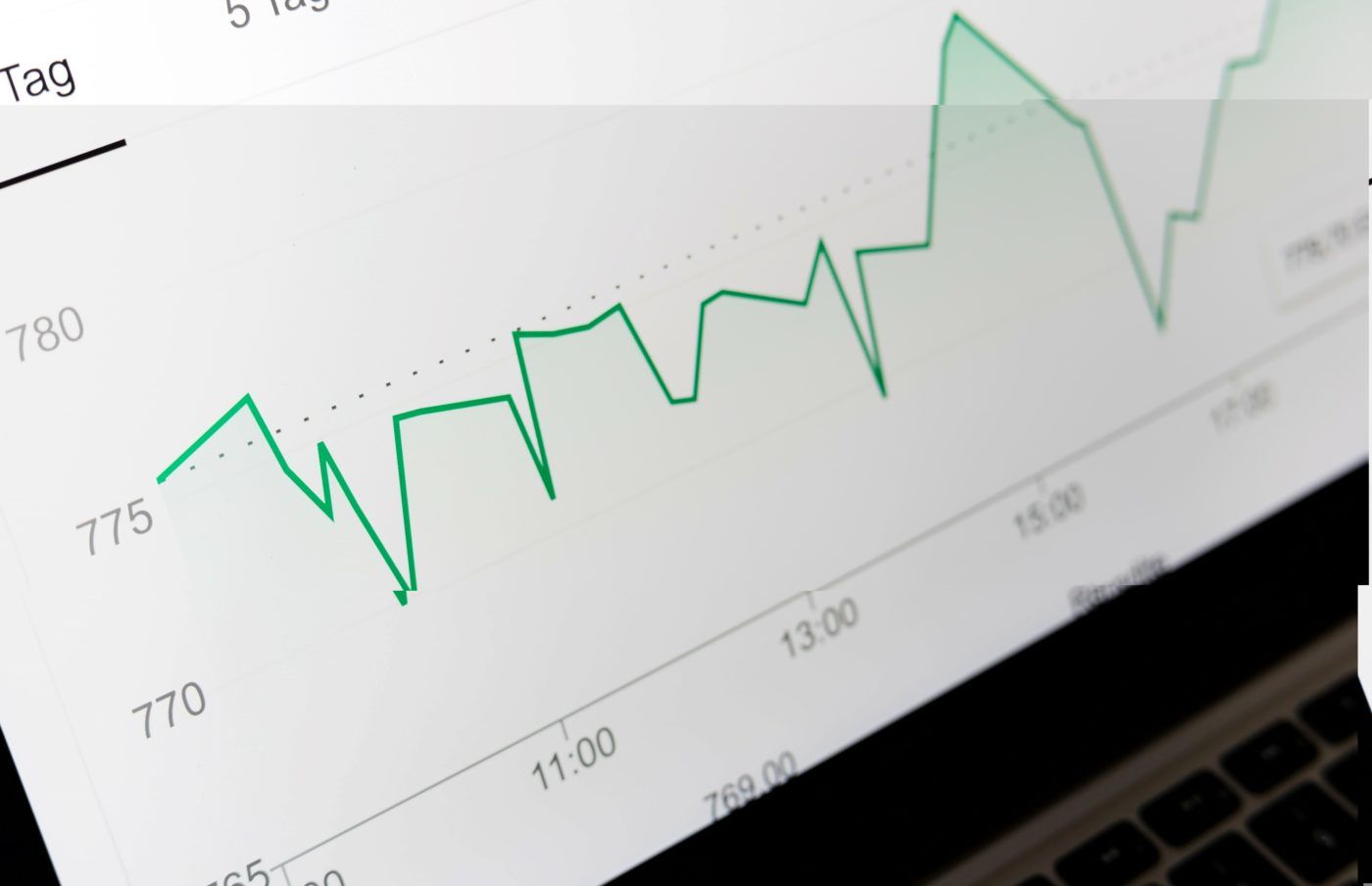 Are you complaining that you’re not getting enough conversions? Are you pointing the ‘blame finger’ at AdWords for delivering poor traffic? Or just scratching your head in search of the answer? Well it’s time to look closer to home, because quite often the issue is with your landing pages and not with the channel delivering traffic to them.
Are you complaining that you’re not getting enough conversions? Are you pointing the ‘blame finger’ at AdWords for delivering poor traffic? Or just scratching your head in search of the answer? Well it’s time to look closer to home, because quite often the issue is with your landing pages and not with the channel delivering traffic to them.
“If you look at a good PPC account and it’s not converting, in 99% of cases, the landing page is the problem” Brad Geddes.
The Solution?
A bespoke PPC landing page is specifically crafted for a campaign in your PPC account based on the action you want the user to take when they get to the page (sign-up, download, trial, purchase). It’s a clear and simple page that demonstrates the service or product in relation to the keywords the user has just searched with, so that they are compelled to complete the desired action on the page. Here’s a pretty nice example from WordStream:
 The ad that sent me to this page was:
The ad that sent me to this page was:

Using this landing page as an example, and looking at other PPC landing page best practices, this post will provide you with some handy tips and tricks for getting the most out of your lead generation PPC landing pages.
Create Continuity
Continuity from your keyword and ad to your landing page is really important, not just to please AdWords Quality Score algorithm, but also to please your visitors. There’s nothing more frustrating than searching and clicking an ad only to be lead to a page which doesn’t really answer your question or offer the service you thought it would.
Some nice ways to create continuity from your keywords, ads and landing page are:
- Try out dynamic keyword insertion on your landing page which is available from Unbounce – it will import the keyword used to search into the landing page content
- Include the headline from your ad as the headline on your landing page
- Make the call-to-action on your ad the same as the one on your landing page (for example don’t tell the user to download your free whitepaper in your PPC ad and then land them on a page asking them to sign up to your mailing list or get a free quote.
Build Trust
Building a page that makes the user trust your brand is essential if you want them to provide their information. Here are some top tips for building trust within your PPC landing page:
- Include a link to your privacy policy, or go one better as WordStream have and state that their data is safe with a brief explanation of how it will be used
- List other trusted organisations that you are affiliated with or accredited by, for example on the WordStream page they list some of their established clients
- Include a testimonial lower down the page (remember to always include the name of the person who made the testimonial to back up the claim further)
- Use facts or statistics to make your message more compelling
Make it Easy
- It might sound obvious, but you need to clearly and concisely state what your product or service is, and what the key benefit is – this should go below your main heading
- Ask few details as possible in your form – too much detail and people won’t bother filling it in
- Ask for the RIGHT details in your form – their dietary requirements isn’t fundamental to allow you to contact them at a later stage so don’t ask for them (you may be laughing but I have actually seen this on a form before)
- Don’t overcrowd the page with paragraphs of information about the product / service, instead choose three killer bullet points which display your most valuable benefits and USPs
Remove Distractions
Everything on your landing page that is deliberately put there to drive the conversion is a distraction:
- Only ask the user to do ONE thing, whether it’s download, subscribe to a free trial, or join your mailing list. Pick your most important goal and have your call-to-action be around this. If you give the user too many options on how they can convert, the chances are they’re less likely to choose any of them.
- Do not include your normal navigation on your PPC landing page, it just gives users the opportunity to go elsewhere on the site and not complete the conversion (if your landing page is good enough they shouldn’t need information from other pages on the site before they decide to sign up / download etc)
- Don’t link out to other pages from within your text, unless it’s very subtle and essential (e.g. your Privacy Policy)
Think About Your User
Another thing that sounds obvious, but the context and position of your user in the buying cycle is fundamental to a successful landing page:
- What device are they using? If you’re targeting mobile then naturally make sure your landing page is mobile optimised (ideally responsive). The user must be able to easily complete the desired action from their mobile device.
- Your account structure and theme of each campaign should already reflect the user’s stage in the purchase process. For example, are they in the early stages researching what type of boiler they need for their house with terms like ‘best boiler for small house’, or are they close to purchase and searching for ‘plumbers to install combi boilers’? These types of terms should be in different campaigns and should naturally have different landing pages. The landing page for the research term when the user is further up the funnel to purchase should perhaps encourage them to download a free guide or contact you for advice, whereas the landing page for someone searching when they are further down the purchase funnel could invite the user to get a no obligation quote.
General PPC Landing Page Best Practice
These tips are more general, but they have been proven to make PPC landing pages more effective:
- Ensure your call to action is clearly above the fold of the page and stands out from the background (possibly in a different colour or with some kind of design element which makes it visually stand out, although be careful not to make it too ‘in-your-face’)
- The form on your page must be above the fold
- Don’t have more than one button on your form (remember those annoying forms that have a button to ‘re-set’ the form and clear the information? They are terrible for conversions so don’t ever use them)
- Highlight any current offers or discounts in the content
- Don’t have too much text; only include key information and break it up nicely with clear headings or sections (although at the same time it’s important not to have too many sections of text as this can distract the user too)
- Have one clear ‘hero’ image on the page which shows your product or service in action
- Avoid stereotypical ‘stock’ images that have no connection to your business, in particular shots of people with no relation to your business (users aren’t stupid – they’ll know it’s a generic photo – think like Asda where they use real members of their staff in their ads)
- Keep testing your landing pages by making small tweaks and serving them alongside each other (A/B Testing). Just because you’ve made progress in improving the landing page, doesn’t mean you should stop trying to improve it further!
If you’d like your PPC account to start delivering you more conversions then bespoke PPC landing pages is a great place to start. Get in touch to see how we can help your PPC account and landing pages reach their full potential.
Image Credits
Airbus A380 via BigStock




Leave a Reply